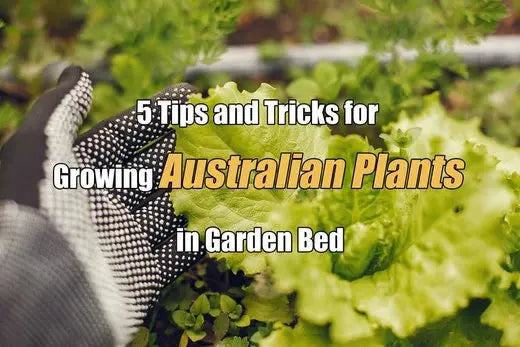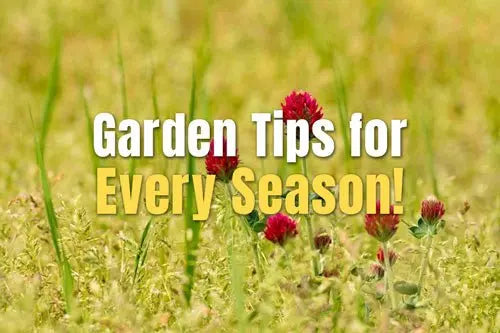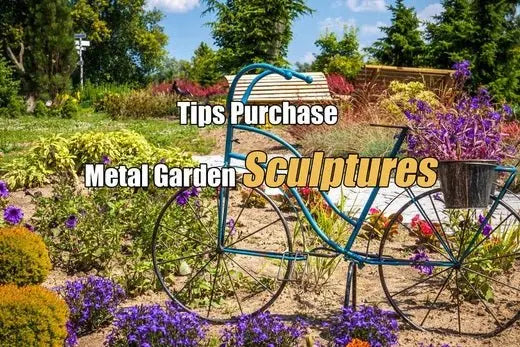Composting Made Easy: Turning Kitchen Scraps into Nutrient-Rich Soil
By Miles Oliver
Author Bio: I began writing as a professional on my personal blog and then discovered my true calling, which is writing about technology, News and gadgets in general. I am a technical writer, author, and blogger since 2010. An industry watcher that stays on top of the latest features, extremely passionate about juicy tech news and everything related to gadgets.
Every experienced gardener knows that high-quality compost is worth its weight in gold. Kitchen scraps and mulch can make for wonderful organic fertilizer that feeds your garden and reduces your personal waste.
Green thumb and former chef Ruby Clarke explains that compositing is a natural process wherein your organic matter is broken down to create nutrient-rich soil for your garden.
The U.S. Composting Council reports that composting can also prevent soil erosion, conserve water, improve soil health, and strengthen your local ecosystem.
However, composting is about more than throwing your offcuts into a big bin. You’ll need to take an intentional approach to recycling food waste if you want to get the most out of your banana peels and broccoli stems. And here are five unique composting ideas for home gardens.

Getting Started with Composting
Composting is an easy way to improve your soil quality and feed your flowers with all the nutrients they need. Horticulturalist and Victoria Medal of Honour recipient Monty Don explains that a compost heap can bring “life to soil” and that good compost is “like a recipe,” made up of “bacteria and fungi and nematodes and the worms and beetles and bugs.”
Getting started with composting is relatively simple, too. Start by compositing food that cannot go through your garbage disposal like coffee grounds, egg shells, and peeled vegetables. Avoid using any kind of meats, fats, or cooked foods. Cooked potatoes and pasta will just attract rats and other unwanted pests.
Backyard Composting
If you have some space outside, start with backyard composting. Set aside a space for a large bin or wooden container. Once your container is ready, put down a layer of “brown” material like wood chips, twigs, and dry leaves. This brown layer will ensure that your container doesn’t leak and can aerate the compost.
Once you’ve established your compost bin, you can start layering in your “green” kitchen scraps. Food scraps, like carrot ends and potato peels, make for wonderful natural fertilizer.
You will, however, need to layer in browns and greens at a 3:1 ratio. That means you’ll need far more “brown material” in your backyard composting bin, as this will keep the bin aerated and ensure that your “recipe” yields high-quality fertilizer.
Indoor Composting
If you’re working with limited space, you may want to consider an indoor vermicomposter. Despite popular misconceptions, indoor vermicomposters shouldn’t attract rodents and won’t smell. However, you’ll need to keep a keen eye on your set-up to avoid unwanted pests.
Start your indoor vermicomposting by drilling a few holes in a 2.2 sqft bin. Place your bin on bricks or scrap wood to ensure it remains well-ventilated. Give your resident redworms a suitable home with a bed of soaked newspaper and corrugated cardboard. Keep the moisture wet to ensure that they will stay in the bin and feed your redworms 2 - 3 times per week to keep them healthy and happy.
When done correctly, vermicomposting yields high-quality, odorless compost that can feed your flowers and vegetables. Just be sure to keep the bucket well out of reach of pets or young children.
Maintaining Your Composting System
Most composting bins are relatively easy to maintain and will yield wonderful, nutrient-rich soil in around 6 months. However, if you want to get the most out of your food scraps and dead leaves, you’ll need to achieve the right balance of carbon and nitrogen (C:N).
In theory, the best ratio for C:N is between 25:1 and 30:1. This is because carbon is an important energy source for the microorganisms in your soil while nitrogen provides necessary proteins for microbial growth.
Ensure a 25:1 - 30:1 ratio by supplementing your food scraps with hardier materials like wood. This achieves the aforementioned “brown-o-green ratio”, balances your C:N, and slows down the composting process. You can also use shredded cardboard if you’re running low on wood chips, as cardboard has a C:N of 350:1.
You may need to turn your compost to aerate the mixture and speed up decomposition. This is particularly helpful if you want to speed up the process by adding smaller, shredded materials. During the warmer summer months, you may need to water the mixture. Ideally, you want a damp mixture without being “wet.”

Harvesting and Using Your Compost
Feeding your garden with high-quality compost can help your fruit trees, vegetable patches, and flower beds thrive. However, it’s hard to know when, exactly, your compost is ready to be used.
Most garden compost is ready to use in 6 months to 2 years. You can tell your compost is ready when it resembles the kind of soil that you’d find in a damp woodland. It should be dark brown, crumbly, and look like soil rather than food waste.
You may find that you’ve got far too much compost than you can ever hope to use. If this is the case, you may want to give some of your compost away or join a community composting scheme. Community composting can reduce food waste in your area and help you form strong social bonds with other green thumbs.
If you fall in love with the composting process, consider starting a permaculture garden of your own. Permaculture gardens typically feature fruit trees, perennial vegetables, herbs, legumes, and cover crops. They require minimal human intervention and can create a closed-loop of production that makes full use of your successful composting project.
Conclusion
Compositing is a great way to reduce your personal waste, support the local environment, and connect with your community. You can even compost inside by using low-waste vermicomposting bins. Just be sure to achieve the right C:N ratio by adding cardboard, wood, and newspaper to the kitchen scraps that you feed to your compost bin. Also read the ultimate guide to composting.



Can they be shipped to canada and what is the shipping cost to Windsor, Ontario
How does the paint hold up